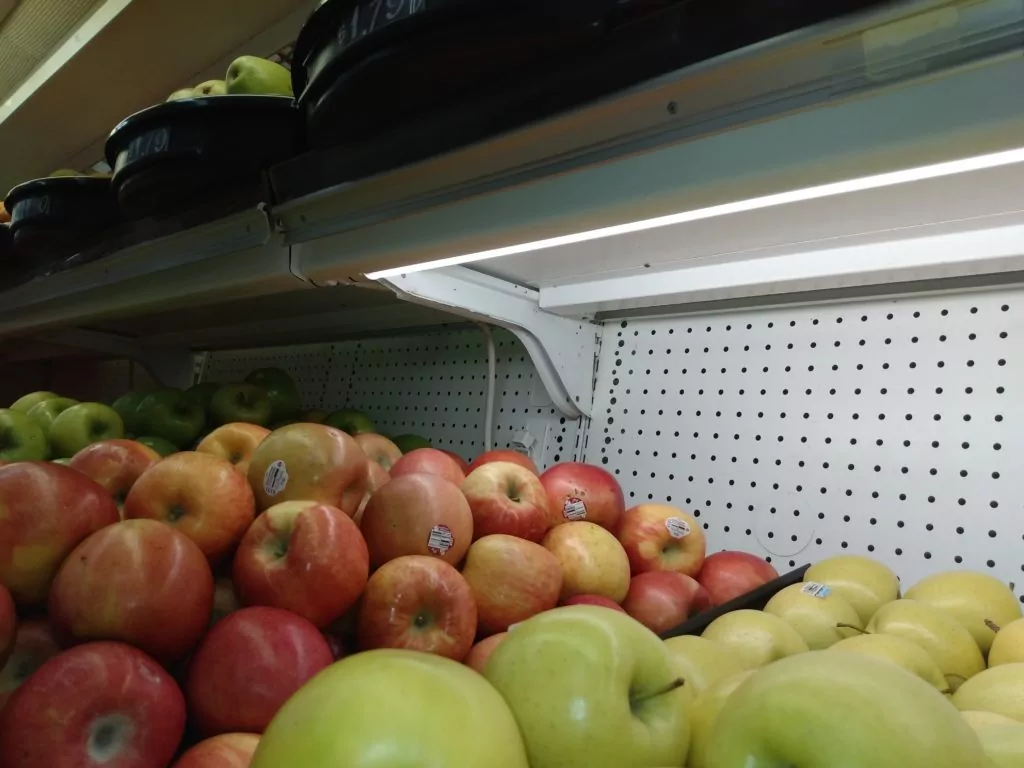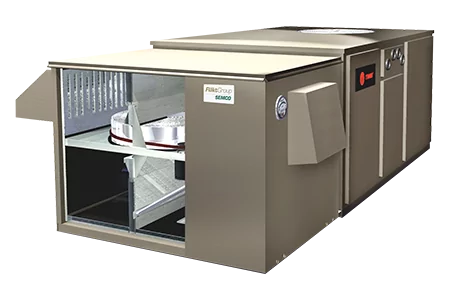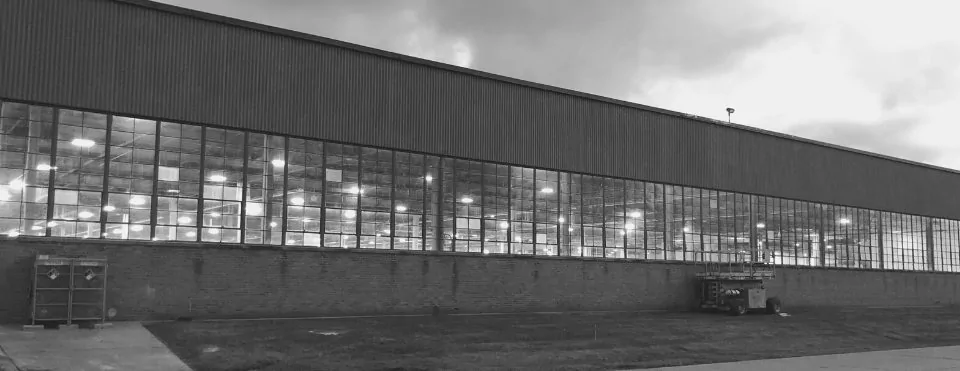
Grocery Stores have proven to be essential and more valuable than we could have imagined in 2020. Unlike most commercial and public buildings during the Covid 19 pandemic, these buildings are full of people and produce almost 24 hours per day.
On a per square foot basis, these buildings use a huge amount of power. Not only do they provide a comfortable environment for people, but they also provide cooling and freezing temperatures for food, as well as cooking temperatures. Cooking temperatures can involve exhaust fans, which sweep away the cooled or heated ambient environment and cost energy.
However, in 2021, there are tons of opportunities for saving energy in grocery stores. Here are a few to explore, and we always advise our clients to explore local utility rebates to help pay and improvements. While grocery stores are known for their low profit margins, those margins can be increased by lowering a huge fixed cost of energy usage.
Lighting Grocery Store Savings
Lighting is always the first place to start in terms of energy efficiency. Many grocery stores, even huge chains with a national presence, still have T8 lighting in their main customer area. These lights, left on 24 hours per day, can be replaced to LED and have a less than 1 year payback via energy savings. This means that over 2 years or 3 years, a store will spend a lot more energy with T8 vs LED. While some improvements can take several years to payback, this one is a fast and obvious place to start.
Grocery stores have a lot of cooler lights and freezer lights, highlighting their produce. Majority of stores have yet to upgrade to LED, and this is a huge misstep. Not only does this conversion save energy, both in terms of direct wattage pull and indirect heat savings, but they also are the main product being sold in a store. LED clearly lights products better, and not converting can lead to revenue loss to a store.

HVAC Energy Savings for Grocery
Heating, Ventilation and Air Conditioning can place a huge burden on a grocery store. Often done through a “roof top unit”, these boxes to cool or heat air have made huge efficiency upgrades in the past 10 years. In addition to savings through multi speed fans and duel compressors, these systems have economizers to bring in fresh air from outside for “free cooling”. Demand control ventilation is a more advanced version of this free cooling, which allows true occupancy to drive set points of fresh air, vs code. To take this a step further, advanced control systems like the Pelican Thermostat system can give complete control over the economizer and fresh air to the owner. while 2020 might prove an extreme version of why you would want fresh air maximized, it often increases heating and cooling costs.
Demand Control Ventillation

Demand Control Ventilation is something to be explored after lighting and HVAC upgrades have been explored. It is advanced, but important. This means that ventilation from outside is controlled by demand, not just set conservatively by local code. If not done properly, this means an empty grocery store could be brining in a ton of outside air from to heat on a freezing day, or air to cool on a hot day. This system will match the exhaust fans to ramp up based on actual cooking demands, as well as outside air on economizers to actual people in the grocery store (driven by CO2 sensors).
One of the more advanced systems, but really not that hard to implement. The best part of DCV – it is heavily subsidized by utility incentives because of the huge savings.
Motors on Walk in Coolers
Huge walk in coolers keep the produce, dairy and meat cold behind the scenes at a grocery stores. More often than not, these are powered by huge fans that pull a ton of energy, run 24 hours a day, and generate a lot of heat to do this. EC motors, especially those with evaporative fan speed controls, can save a ton of energy and modulate the fan motor to the right speed.
Auto Door Closers and Strip Curtains
While not sexy, these devices can cost pennies to install (literally after an utility incentive) but save thousands of dollars in energy costs per year. While employees do not care for them, these simple changes can drive huge profit margins for grocery stores. Your competition uses them, so you should as well.


